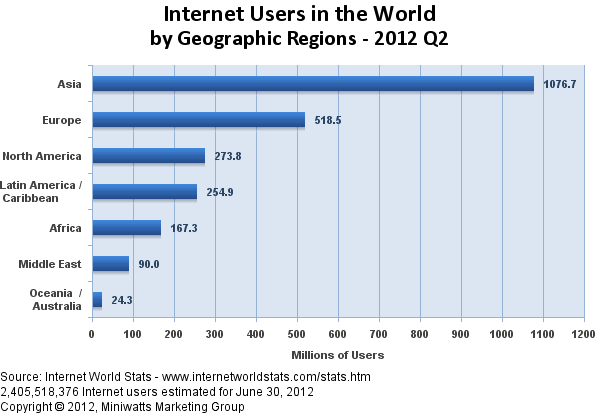Online Talent Development Part 2 – How Did Corporate Online Learning Originate?
by Mark Sivy
In tracing the roots of online learning, it’s necessary to put forth a basic understanding of what sets online learning apart from other forms of learning. For the purpose of this article, online learning is learning that takes place via the Internet when there is a lack of physical presence between the learner and instructor due to geographic separation. Given this perspective, evidence of learning at-a-distance is seen in a 1728 advertisement for a Boston mail-based correspondence course for learning shorthand. Recognized formal education at-a-distance can be found as early as 1858 at the University of London and in 1873 through the Society to Encourage Studies at Home in Boston. Early forms of technology-enhanced distance learning are found in the early 1900s with the use of new technologies such as the radio, slide projector, and motion picture. Starting in the 1940s, television provided another medium for distance learning.
 The first noted use of computers that formed an organized and connected system of learning was PLATO (Programmed Logic for Automatic Teaching Operations) in 1960 at the University of Illinois. With the ability to network computers, corporations began exploring and developing Computer Based Training (CBT) that involved text and graphical content. With the conception of the World Wide Web in 1989 by Tim Berners-Lee and it being made publicly available in 1993, modern forms of online talent development began occurring.
The first noted use of computers that formed an organized and connected system of learning was PLATO (Programmed Logic for Automatic Teaching Operations) in 1960 at the University of Illinois. With the ability to network computers, corporations began exploring and developing Computer Based Training (CBT) that involved text and graphical content. With the conception of the World Wide Web in 1989 by Tim Berners-Lee and it being made publicly available in 1993, modern forms of online talent development began occurring.
The increased use of online learning in the work environment was driven by several factors. A primary concern with talent development is the required preparation, travel, and logistics to bring participants and /or facilitators to a common physical location, which can be costly and cuts into productivity. Additionally, in-person sessions are supply-oriented rather than being readily available and need-specific for a given individual. Other drawbacks of traditional development are the limitation in the number of attendees and the lack of having access to subject matter experts. Corporate talent development programs are using online learning as a means to reduce or resolve these and other issues associated with face-to-face events, while at the same time improving participant outcomes and reducing costs.
Today’s online learning occurs through the use of digital devices such as personal computers, laptops, tablets, or mobile phones that are connected to educational content, events, and activities via the Internet. Depending upon personal choices, needs, and resource availability, web-based learning is available in a variety of formats from instructor-led massive open online courses (MOOCs) to self-paced personalized web-based tutorials to corporate universities. Online learning usually involves having access to rich learning environments, experiences, and events which might otherwise not be possible or readily available in a typical learning environment.
Today, online learning is often and incorrectly, used interchangeably with e-learning. In actuality online learning is a subset of e-learning, which actually encompasses all forms of teaching and learning through the use of educational technologies whether via the Internet, a network, or a standalone system. This broad expanse of e-learning includes multimedia learning, computer-based training (CBT), virtual learning environments, and mobile learning.
Reflection Point – “Education is not the filling of a pail, but the lighting of a fire.” ~W. B. Yeats




